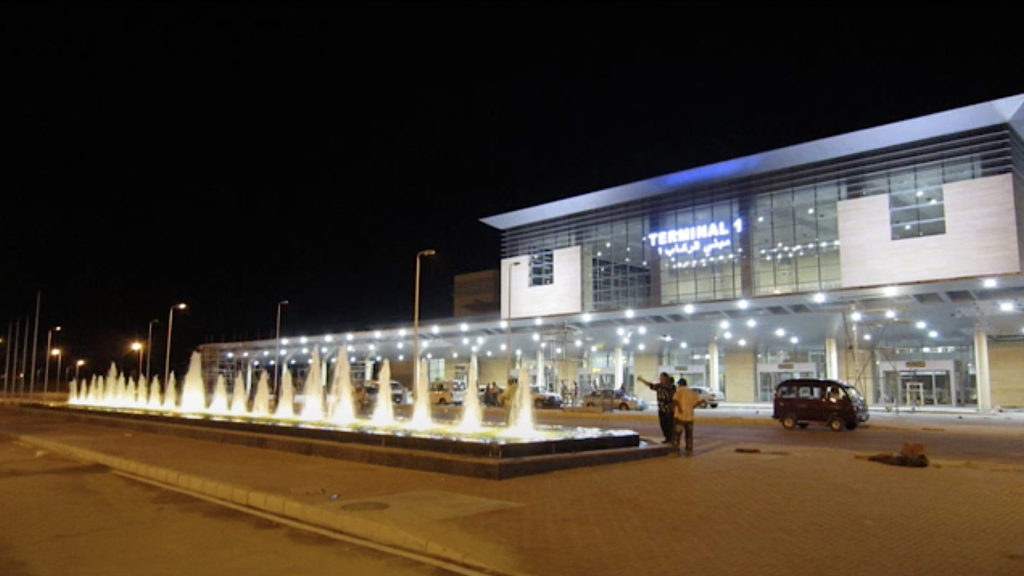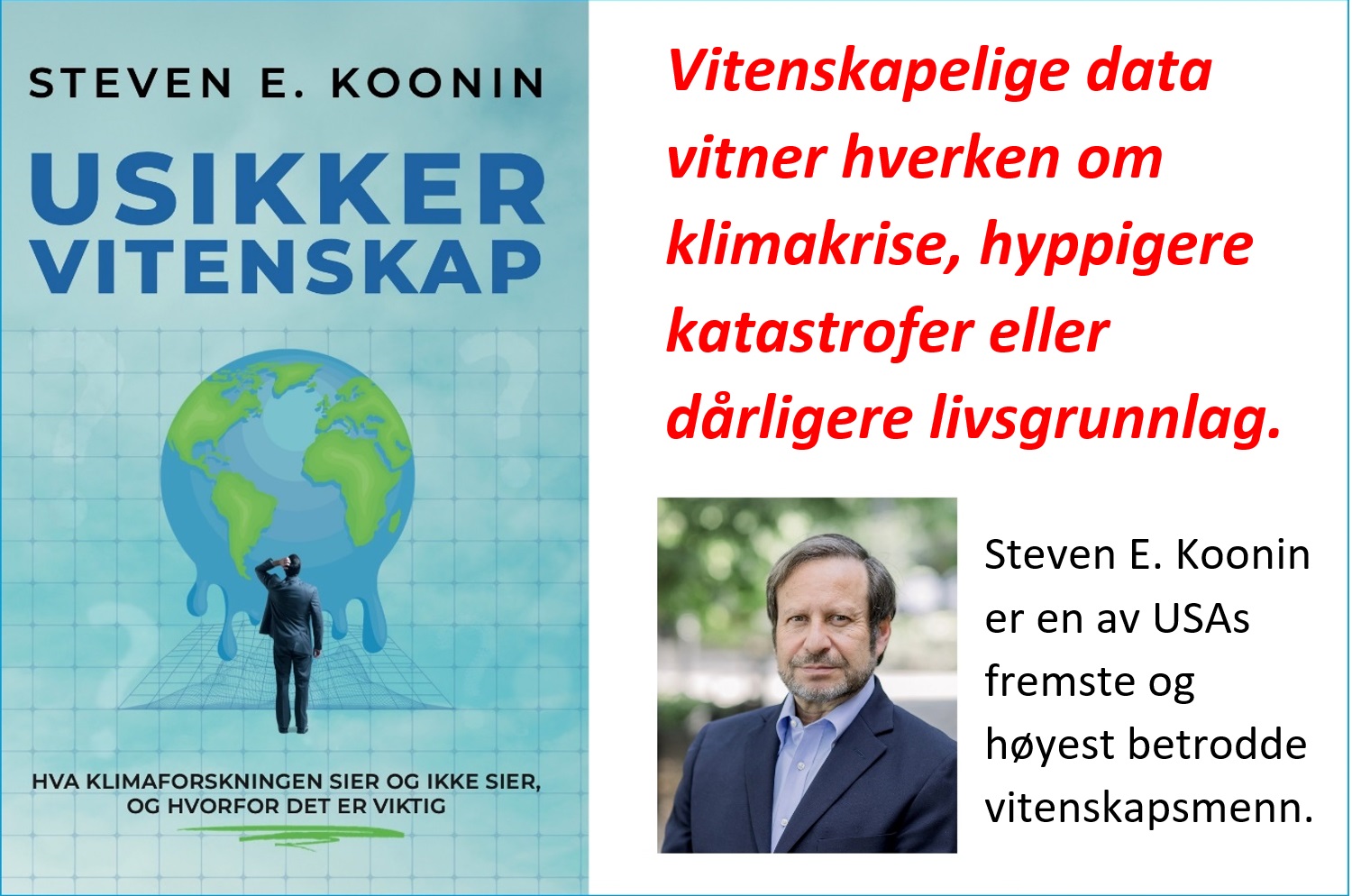
Borg El Arab-flyplassen utenfor Alexandria i Egypt er blant mottagerne av «klimafinansiering» fra Japan. Stillbilde: ella3eeb / YouTube.
Verdens rike land forpliktet seg med Paris-avtalen i 2015 til å finansiere «klimatiltak» i utviklingsland med 100 milliarder dollar årlig. Målet er ikke nådd, mye av støtten gis som lån, og prosjektene har ofte lite å gjøre med «klimafinansiering».
Det går frem av en spesialrapport som Reuters har offentliggjort etter en grundig undersøkelse av temaet.
Midlene som angivelig skal bekjempe klimaendringer, går blant annet til formål som kullkraftverk, flyplasser, hotellutbygging, filmproduksjon samt sjokolade- og iskremfabrikker. Handlingen i den aktuelle filmen er riktignok lagt til regnskogen:
Italy helped a retailer open chocolate and gelato stores across Asia. The United States offered a loan for a coastal hotel expansion in Haiti. Belgium backed the film “La Tierra Roja,” a love story set in the Argentine rainforest. And Japan is financing a new coal plant in Bangladesh and an airport expansion in Egypt.
De fire landene har finansiert disse fem prosjektene med til sammen 2,6 milliarder dollar, og alt sammen er bokført som «klimafinansiering», opplyser Reuters, som kommenterer at det «ikke ser ut som forsøk på å bekjempe global oppvarming».
Det viser seg at løftet om finansiering ikke ledsages av offisielle retningslinjer for bruk av pengene, og de rike landene motsetter seg påtvungne standarder:
In doing so, they broke no rules. That’s because the pledge came with no official guidelines for what activities count as climate finance. Though some organizations have developed their own standards, the lack of a uniform system of accountability has allowed countries to make up their own. The U.N. Climate Change secretariat told Reuters it is up to the countries themselves to decide whether to impose uniform standards. Developed nations have resisted doing so.
Dette er «vill vest-finans», kommenterer statssekretær i finansdepartementet på Filippinene, Mark Joven.
“Essentially, whatever they call climate finance is climate finance.”
Alle de fire nevnte landene forsvarer prosjektene:
Japanese officials consider the power and airport projects green because they include cleaner technology or sustainable features. A U.S. official said the hotel project counts because it includes stormwater controls and hurricane protection measures. A Belgian government spokesman defended counting the grant for the rain-forest movie as climate finance because the film touches on deforestation, a driver of climate change. An Italian government official said Italy aims to consider climate in all of its financing but did not elaborate on how the chocolate stores met that goal.
Reuters har i samarbeid med blant annet Stanford-universitetet forsøkt å ta rede på hvordan pengene som er ment til «klimatiltak», egentlig blir brukt ved å granske relevante dokumenter som FNs medlemsland sender inn. Det er ingen lett jobb:
The system’s lack of transparency made it impossible to tell how much money is going to efforts that truly help reduce global warming and its impact.
Countries are not required to report project details. The descriptions they disclose are often vague or non-existent – so much so that in thousands of cases, they don’t even identify the country where the money went. Even receiving countries listed in the reports sometimes couldn’t say how the money was spent.
Den største aktøren innen «klimafinans» er Japan, som blant annet bruker midlene til å stimulere til fortsatt bruk av fossile energikilder:
It has lent at least $9 billion for projects that will continue reliance on fossil fuels, according to the Reuters review. At least some of those projects increase emissions rather than reduce them, including a new 1,200-megawatt coal-fired power plant that Japanese companies are building on Matarbari, an island on Bangladesh’s southeast coast. Japan has lent Bangladesh at least $2.4 billion in climate finance for the plant, expected to come online in 2024.
Japan mener det er et klimaprosjekt fordi kraftverket ville hatt større utslipp uten landets hjelp.
I henhold til Reuters’ undersøkelser vil Japans finansiering av en flyplass i Egypt øke utslippene.
Take Japan’s lending for a new terminal and related facilities at the Borg El Arab airport in Egypt. The project’s short-term goal of 1.5 million additional passengers would increase outbound flight emissions by about 50% over 2013 levels, according to an analysis conducted for Reuters by the International Council on Clean Transportation, a non-profit research organization.
Men folk må jo fly, kommenterer en egyptisk klimatopp:
The project is important to the Egyptian economy, said Mohamed Nasr, director of climate, environment and sustainable development in Egypt’s Ministry of Foreign Affairs. “People have to fly,” he said.
I Japan kaller man flyplassen, hvor det skal installeres solcellepaneler, en «Eco Airport», opplyser Reuters.
«Klimafinans» forventes å bli et viktig tema under neste klimatoppmøte (COP28) i Dubai i november og desember.
Kjøp «Usikker vitenskap» av Steven E. Koonin som papirbok og som e-bok.








